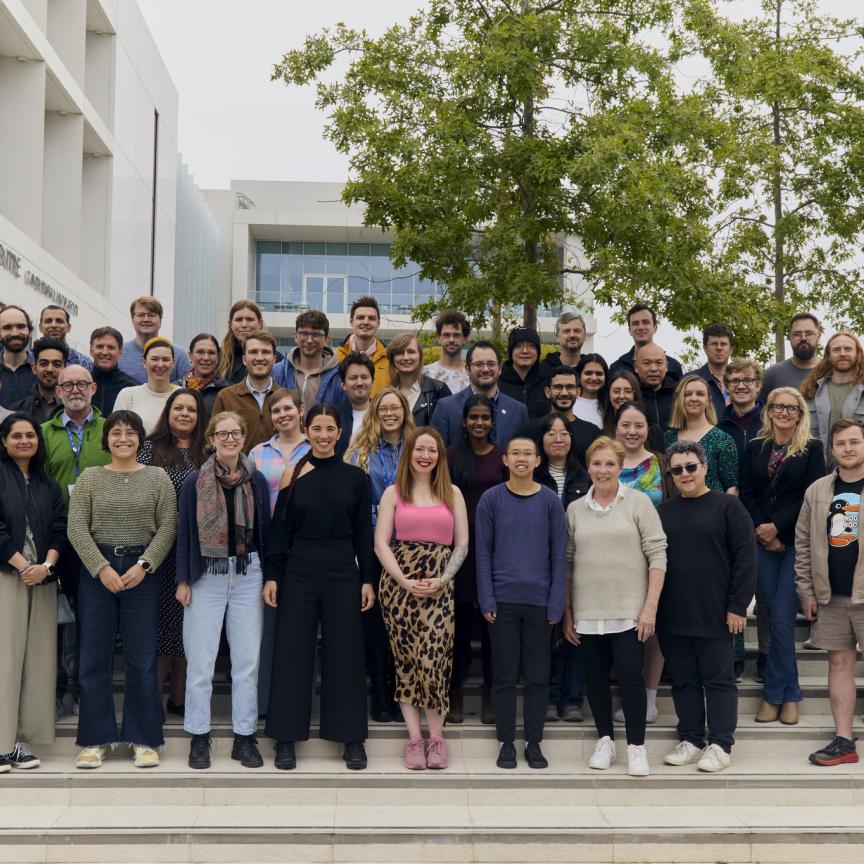Researchers at the Fraunhofer Institute for Laser Technology ILT are developing new technology for a future quantum network in Europe.
The institute is installing hardware of a network node, which will be used to test and develop new components for networking quantum computers, before being integrated into a European quantum network.
The state-funded project is taking place in Aachen, Germany, in cooperation with QuTech, a joint research institution of the Delft University of Technology, Netherlands, and the Dutch Organization for Applied Scientific Research TNO. The results will be presented at the World of QUANTUM trade fair at the Laser World of Photonics in Munich at the end of June.
The Aachen installation replicates another used in QuTech’s quantum internet demonstrator, where three nodes have been connected to each other in the lab and are being moved to three locations in the Netherlands to be interconnected via the fibre optic network there.
"The quantum internet is about connecting individual quantum computers in different locations," said Dr Bernd Jungbluth, the head of the strategic mission initiative quantum technologies at Fraunhofer ILT. "This is much more complex than just exchanging a quantum key between two points, because many QuBits, the basis of quantum processors, are entangled at different locations."
The core of the node at Aachen is a QuBit based on nitrogen vacancies (NV centres) in diamond, which serves as the interface of a quantum computer, providing quantum information by means of photons at 637nm wavelength.
To transmit this information with low loss over long distances through telecom fibres, a quantum frequency converter is used, which efficiently converts photons entangled with the NV centre into the telecom band around 1,550 nm (where optical fibres are most transparent) and with low noise. Its signal-to-noise ratio is a hundred times better than the previous state-of-the-art device, according to Fraunhofer ILT.
To begin with, the institute plans on establishing local quantum networks in the Rhenish region, which partners from industry and academia can use to develop new products and applications. In Europe, the Fraunhofer ILT team intends to contribute photonic technologies within the framework of the Quantum Internet Alliance.

